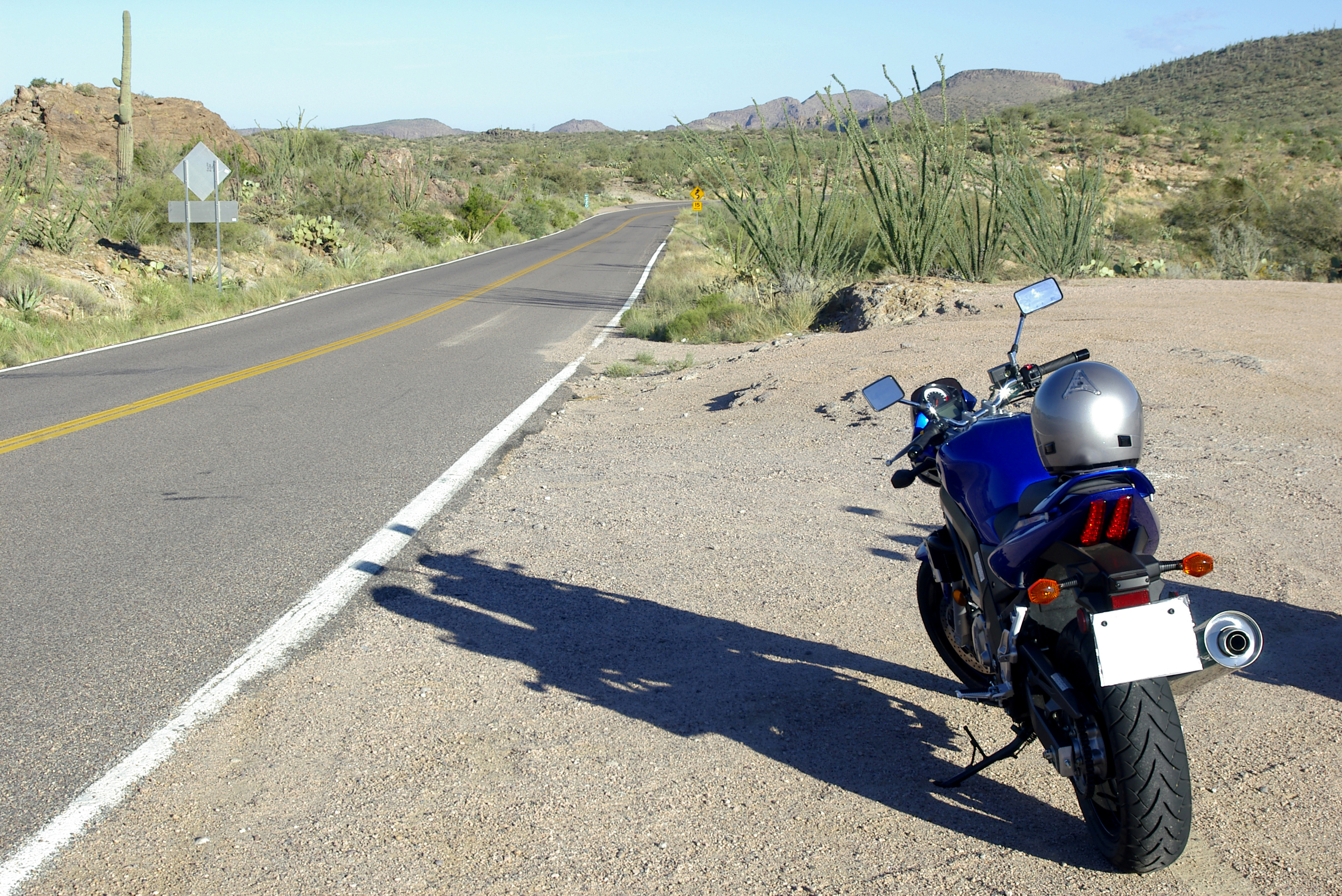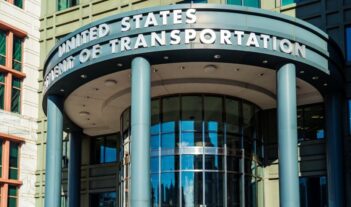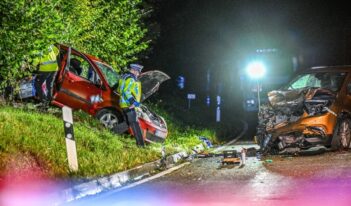
Motorcyclists and law enforcement officials disagree over the necessity of proposed changes to helmet standards.
A motorcyclist is thirty times more likely to experience a fatal crash than an automobile passenger. Although total motor vehicle fatalities have decreased by 15% from 1994 to 2012, even as driving has increased, motorcycle fatalities have more than doubled over the same time period, according to data from the National Highway Traffic Safety Administration (NHTSA).
To address this troubling trend, NHTSA issued a proposed rule last month to increase safety standards and labeling requirements for motorcycle helmets. According to NHTSA, head injuries are the most common fatal injuries experienced by motorcyclists, and so any rule that increases the use of certified helmets over noncertified helmets is likely to reduce the rate of fatal motorcycle crashes.
NHTSA believes the high number of fatalities from motorcycle accidents is due in part to the continued use of novelty helmets that do not comply with current safety requirements. Cheaper than compliant helmets, novelty helmets are not recommended for highway use but are still used by up to 27% of on-road motorcycle riders and passengers in states with universal motorcycle helmet laws.
Because there have been some concerns that novelty helmets are not within the scope of NHTSA’s authority under the National Traffic and Motor Vehicle Safety Act – because they are not intended for highway use – the proposed rule would amend NHTSA’s existing regulations to include a new definition for motorcycle helmets. This definition would clarify that although novelty helmets may not be intended for use on roads, they are in fact advertised and sold to consumers for on-road use.
If adopted, the proposed rule would assist law enforcement officials in the 17 states that require the use of Department of Transportation (DOT) compliant motorcycle helmets by making it easier to identify noncompliant helmets. Current certification labeling requirements require all certified helmets to feature a decal indicating compliance with federal standards.
However, in states with universal helmet use laws, motorcyclists and passengers often place fake “DOT” decals on noncompliant helmets to evade state law enforcement. In addition, officers do not have the time or resources to do individualized tests of potentially noncompliant helmets. Such tests require laboratory procedures under tightly controlled conditions.
In response to these problems, NHTSA’s proposed rule would require all DOT-approved helmets to pass preliminary screening criteria that would be easy for officers to test in the field. Compliant helmets would be required to cover a fixed amount of a user’s skull, and to have a minimum helmet shell and lining thickness. Law enforcement officers could use a cheap probe to measure the thickness of the helmet to ensure DOT compliance.
Under the proposed rule, helmet manufacturers could apply for exemptions to this requirement if they can demonstrate that their helmets are otherwise compliant with current safety standards but do not meet the preliminary screening criteria. Manufacturers of helmets for off-road use only would be exempted entirely.
“Wearing a helmet that meets DOT standards can literally mean the difference between life and death,” said NHTSA Administrator Mark Rosekind. “Our proposal ensures that when motorcyclists put on a helmet it offers that life-saving protection.”
NHTSA hopes that improved enforcement of universal helmet laws will decrease the use of noncompliant helmets like novelty helmets on highways. The agency argues that if its proposed rule convinces even 5% to 10% of motorcyclists in universal helmet use states to switch to compliant helmets, between 12 and 48 lives would be saved annually, along with savings in the economic costs associated with medical care, high insurance premiums, and travel delays.
Some members of the public have voiced concerns that the proposed rules will bring minimal enhancements to safety at the cost of inconveniencing motorcyclists and helmet manufacturers. For example, self-described motorcyclists have already submitted comments on the proposed rule, arguing that it would encourage profiling of motorcyclists. They suggest that rider education programs rather than regulations would be the best way to decrease risks associated with the use of novelty helmets on highways.
“The proposal fails to take into consideration the rapid pace of technological change in this area,” wrote Jeff Hennie on behalf of the Motorcycle Riders Foundation, a motorcyclists’ rights organization. “By adopting arbitrary dimension and compression requirements, NHTSA will effectively be shutting out manufacturers who utilize technology to construct helmets which, while failing to meet NHTSA’s construction requirements, may very well exceed their performance requirements.”
Hennie acknowledged that manufacturers would have recourse because they can apply for exemptions, but argued that law enforcement officers may not be aware which compliant helmets have been exempted from passing the preliminary screening criteria. This could potentially put motorcyclists using screening-exempted helmets in the position of going to court on a regular basis even though they are complying with state law, he cautioned.
Although the proposed rule does not appear to have a great deal of support among motorcyclists, it does have the support of the Governors Highway Safety Association (GHSA), a non-profit organization whose members comprise the state highway safety offices of all 50 states.
Kendell Poole, the GHSA chair, argued in a comment that the proposed rule “will provide the Agency and law enforcement with tools to enforce the standards and to quickly identify these inadequate helmets.” Pointing to data that suggest that a third of motorcycle riders do not wear helmets at all, Poole wrote that “it’s vital that those willing to take the important step of wearing a helmet are using one that will actually protect them in the event of a crash.”
NHTSA is accepting public comments on the proposed rule until July 20, 2015.



